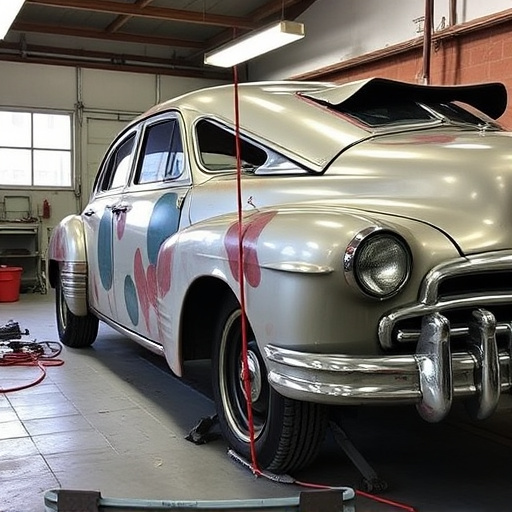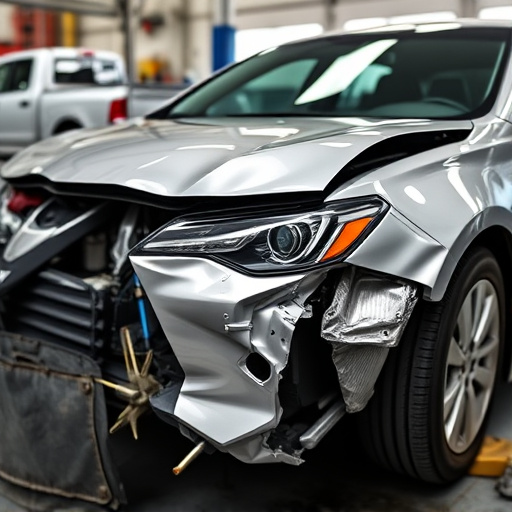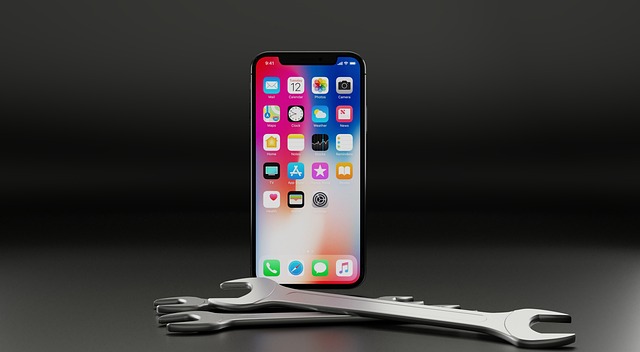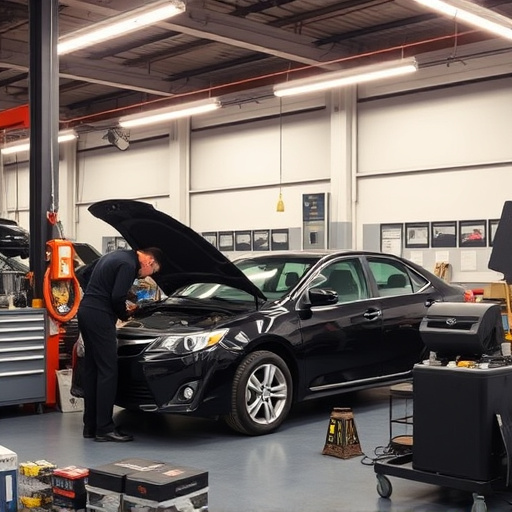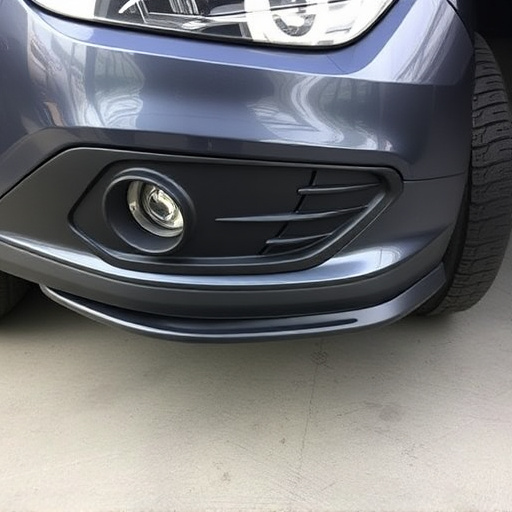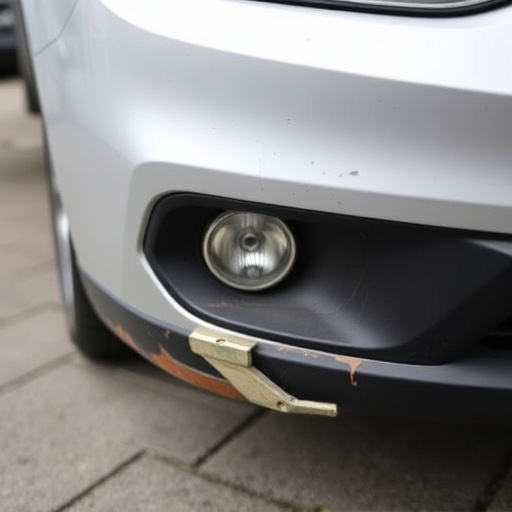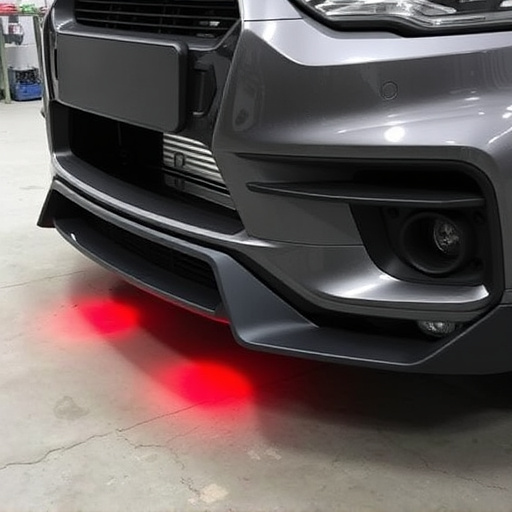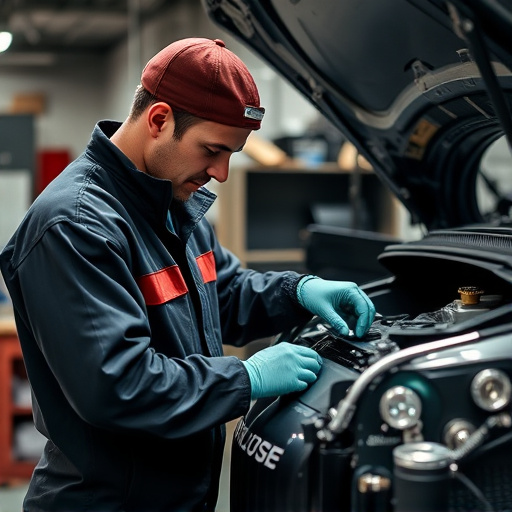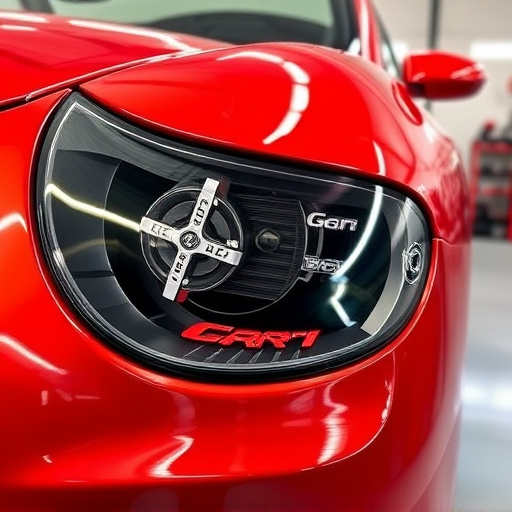Before creating customer repair education materials, conduct audience research to understand learning needs and skill levels. Prioritize clear, accessible content using simple language, visuals, and relatable examples. Organize logically from foundational to complex techniques. Incorporate interactive elements like quizzes and hands-on exercises. Use multimedia for demonstrations and virtual reality simulations to enhance understanding and satisfaction in collision repair processes.
Delivering effective customer repair education is key to empowering your clients. To ensure success, first understand your customers’ needs and skills. Are they novice or experienced? Next, design content that’s easy to follow, using clear language, visuals, and step-by-step instructions. Incorporate interactive learning methods like quizzes, videos, and hands-on activities to engage participants and reinforce understanding. By focusing on these strategies, you’ll create a valuable, accessible customer repair education experience.
- Understand Your Customers' Needs and Skills
- Design Content That's Easy to Follow
- Implement Interactive Learning Methods
Understand Your Customers' Needs and Skills

Before crafting any customer repair education materials or workshops, it’s essential to conduct thorough research to understand your audience. Each customer segment, whether they’re novice car enthusiasts or seasoned auto mechanics, has distinct learning requirements and skill levels. Some may require basic guidance on maintaining their vehicles while others seek advanced training in specialized areas like collision repair or vehicle restoration.
Tailoring your approach to these needs ensures that the education you provide is not only accessible but also valuable. For instance, an experienced mechanic attending a workshop on engine diagnostics will have different expectations and prior knowledge compared to a beginner learning how to change their car’s oil. Incorporating this understanding into your customer repair education materials creates engaging, practical content that fosters deeper engagement and satisfaction among clients visiting your auto repair shop or collision repair shop.
Design Content That's Easy to Follow

When creating content for customer repair education, ensuring it’s easy to follow is paramount. Break down complex topics into simple, step-by-step processes using clear language and visuals. Use familiar terms and avoid jargon, especially when targeting non-professionals interested in basic vehicle bodywork or collision damage repair. Visual aids like diagrams, infographics, and videos can significantly enhance understanding by providing a more intuitive learning experience.
Structure your content logically, starting with the basics and gradually building up to advanced techniques. Provide real-world examples relevant to everyday experiences, such as minor vehicle restoration projects. Incorporate interactive elements like quizzes or exercises to reinforce learning. Remember, effective customer repair education should empower individuals to tackle basic repairs confidently, fostering a sense of accomplishment and self-reliance in areas like vehicle bodywork and collision damage repair.
Implement Interactive Learning Methods

Engaging customers in the learning process is key to effective customer repair education. Interactive learning methods like demonstrations and hands-on exercises help break down complex concepts, making them easier for clients to understand and remember. For instance, a body shop technician can show customers how to properly inspect a vehicle for damage, explaining each step along the way. This not only educates but also empowers clients to actively participate in their repair process, fostering trust and satisfaction.
Incorporating multimedia elements such as videos and virtual reality simulations can further enhance this interactive experience. These tools allow for visual demonstrations of automotive body work techniques, showcasing before-and-after transformations. By involving customers in these dynamic learning experiences, especially during collision repair sessions, you ensure they grasp the intricacies of the process and feel more at ease with the repairs being undertaken on their vehicles.
Delivering effective customer repair education is essential for empowering users to tackle basic issues independently. By understanding your customers’ diverse skill sets and learning preferences, you can design content that’s both accessible and engaging. Implementing interactive methods like video tutorials and hands-on exercises enhances comprehension, fostering a sense of confidence in resolving simple repairs themselves. This not only reduces support load but also creates a satisfied, self-reliant customer base through quality customer repair education.

